But where are Canon lenses made? That’s a question that a lot of people have, and it’s not always an easy one to answer. In this article, we will take a comprehensive look at Canon lens manufacturing, from start to finish. We’ll answer all of your questions, including where the factories are located and how the lenses are made. So if you’re curious about Canon’s lens production process, keep reading!
Why Country of Origin is Important
When it comes to purchasing any product, many people think about the country of origin. For some products, this is a make-or-break factor. With others, it might not be as important. But when it comes to something as expensive as a camera lens,country of origin can be an important consideration.
There are a few reasons why country of origin is important when it comes to lenses (or any other product). The first reason has to do with quality control. In general, products made in developed countries tend to have better quality control than those made in developing countries. This is because developed countries have stricter regulations and more resources devoted to quality control.
The second reason has to do with customer service. If you have a problem with a lens made in a developed country, it will be easier to get customer service from the company. This is because companies in developed countries are used to dealing with international customers and have better resources for customer service.
The third reason has to do with warranty. Products made in developed countries often come with better warranties than those made in developing countries. This is because companies in developed countries are more likely to stand behind their products and offer better warranties.
Chinese products, in particular, have a reputation for being of poor quality. This is because China has fewer regulations and less resources devoted to quality control. As a result, products made in China tend to be lower in quality than those made in developed countries.

Japanese products, on the other hand, have a reputation for being high-quality. This is because Japan has strict regulations and extensive resources devoted to quality control. As a result, products made in Japan are often higher in quality than those made in other countries. [1]
History of Canon Lenses
Canon lenses have a long and storied history, dating all the way back to the early days of the company. Canon was founded in 1937 in Japan, and they released their first EF camera lens in 1987. This original lens was called the EF, and it was a 50mm f/1.8 model designed for use with their EOS cameras.
In the years since, Canon has released countless different camera lenses for both amateur and professional photographers alike. They offer a wide variety of focal lengths, aperture sizes, and features to suit any need.
For one, they’re generally very high quality and offer great value for the price. Additionally, Canon offers a wide range of lenses to choose from, so there’s likely a Canon lens that’s perfect for your needs.
Of course, another big reason why Canon lenses are so popular is because they’re made by Canon, one of the most trusted names in cameras and photography. So if you’re looking for a reliable lens that will take great photos, a Canon lens is probably a good option for you. [2]
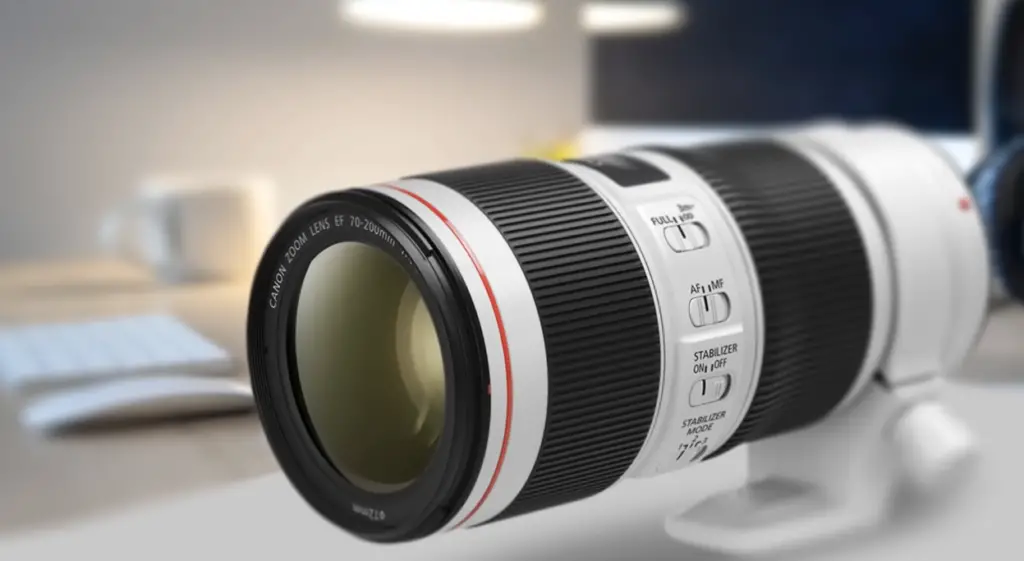
Where Are Canon Lenses Manufactured
If you are concerned about the country of origin for your Canon lenses, you’ll be happy to know that they’re manufactured in a variety of countries around the world.
Japan
A large portion of Canon lenses are made in Japan, where the company is headquartered. Japanese manufacturing facilities have a reputation for being some of the most advanced and well-regarded in the world.
This is due to a variety of factors, including strict quality control regulations and a highly skilled workforce. Additionally, Japanese manufacturers often use cutting-edge technology and equipment, which helps to ensure that their products are of the highest quality possible.
As a result of all these factors, lenses made in Japan tend to be very high quality. If you’re looking for a lens that will take great photos and last for many years, a lens made in Japan is likely a good option for you.
This shouldn’t come as a surprise, as Canon is a Japanese company and has been for over 80 years. Additionally, many of Canon’s most popular camera models are made in Japan, so it makes sense that their lenses would also be manufactured there.
Majority of Canon L-series lenses are made in Japan, as are many of the company’s point-and-shoot cameras.
One of the most famous manufacturing plants in Japan is in Oita, where Canon has been producing lenses and digital cameras for a while.
In addition to manufacturing lenses, the Oita factory is also responsible for research and development, as well as quality control for all of Canon’s optics products.
Other important Canon lens manufacturing facilities in Japan are located in Miyazaki, Utsunomiya and Nagasaki.
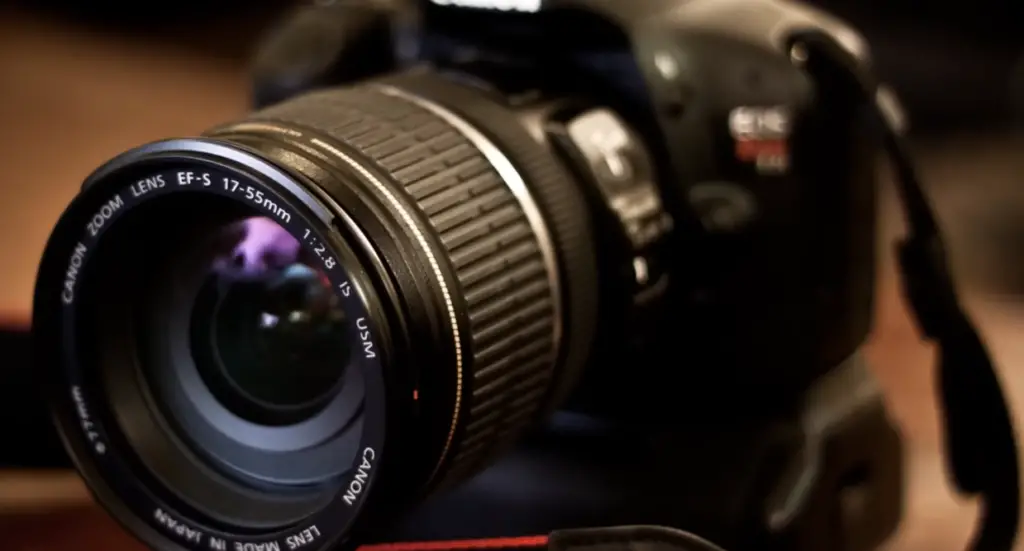
Taiwan
In addition to Japan, Canon also has manufacturing facilities in Taiwan. Taiwan is home to a large number of electronics manufacturers, and as a result, it has become known as a hub for high-tech products.
Like Japan, Taiwan has strict quality control regulations and highly skilled workers. Don’t let the seemingly low production cost fool you, the lenses made here are just as good as their Japanese counterparts.
Taiwan is responsible for manufacturing a good chunk of all Canon lenses outside the L-series. This includes entry-level DSLR lenses, point-and-shoot cameras, and camcorders. In addition to lenses, Canon also manufactures a number of other products in Taiwan, including digital cameras, camcorders, and printers.
Malaysia
Canon also has a manufacturing facility in Malaysia. The Malaysian factory is responsible for manufacturing a variety of Canon products, including lenses, cameras, and camcorders.
Malaysia has become known as a hub for electronics manufacturing in recent years. This is due to the country’s low production costs and skilled workforce. Canon’s decision to open a factory in Malaysia was likely influenced by these factors.
Lenses made in Malaysia are typically less expensive than those made in Japan or Taiwan. However, they still offer good quality and performance.
What about China?
As you can see, Canon keeps its production processes in a variety of Asian countries. Given that Canon has factories in Japan, Taiwan, and Malaysia, you might be wondering why the company doesn’t also have a facility in China.
They established the only factory in mainland China, in Zhuhai back in 1990. However it was recently shut down. What influenced it, were the rapid changes in the Chinese economy, as well as an overall reduction in demand. Covid and the ongoing chip shortage didn’t help matters either.
We can’t say for sure if any lenses were actually produced here, but it’s likely that the plant was used for final assembly and testing.
It’s also worth noting that many “gray market” lenses are made in China and sold without Canon’s permission. These are usually lower quality and not covered by a warranty, so we recommend avoiding them. [3], [4]
How to Check the Country of Origin of Your Lenses
Now that you know where Canon lenses are made, you may be wondering how to check the country of origin of your own lenses. If you’re about to buy a new pair of Canon lenses, you can check the country of origin on the product page before you add it to your cart.
But what if you already have a pair of Canon lenses? There are a few ways to check it too!

Read it on the package
The first and most obvious way is to check the country of origin on the package.
If you no longer have the packaging, or if it doesn’t list the country of origin, don’t worry. There are other ways to figure it out.
Read it on the lens
Another way to check is by looking at the serial number of your lens. You should either see “JP” or “Made in Japan” stamped on the lens itself, or printed on a sticker on the side of the lens if the lens was produced in Japan.
It’s worth mentioning, that even if it says “US” on the lens, it doesn’t necessarily mean the lens was made in the US. The “US” might refer to the fact that it’s a US version of the lens, meaning that it was intended for sale in the US market. Canon doesn’t have any manufacturing facilities in the US, so all Canon lenses sold in the US are imported from one of the countries mentioned above.
FAQ
Where are Canon cameras and lenses made?
Canon cameras and lenses are made in several countries around the world, including Japan, Taiwan, and Malaysia. The specific location of production varies depending on the model and type of camera or lens.
Who makes Canon lenses?
Canon lenses are manufactured by Canon Inc., a Japanese multinational corporation specializing in the production of imaging and optical products, including cameras, camcorders, photocopiers, steppers, computer printers, and medical equipment. The company is headquartered in Ōta, Tokyo, Japan.
Where are Canon products manufactured?
Canon has many manufacturing locations around the world, but the majority of Canon products are made in Japan. This includes Canon cameras, lenses, and other imaging products. Canon also has a large factory in Taiwan that produces many of its printers and multifunction devices.
Are Canon cameras made in China?
No, Canon cameras are not made in China. In fact, the vast majority of Canon cameras are made in Japan. The other countries Canon has production in are Taiwan and Malaysia.
Useful Video: How Canon EF Lenses Are Made (CanonOfficial)
Conclusion
Canon is known for making some of the best lenses in the world. But given the stigma around ‘Made in China’ products, where are Canon lenses actually made? The conclusion is that Canon lenses are manufactured in a variety of countries around the world. Each of these countries has its own strengths when it comes to manufacturing, which helps to ensure that Canon lenses are of the highest quality possible. No matter where your lens was made, you can be confident that it will take great photos and last for many years.
A lot of Canon’s high-end lenses are actually made in Japan. In fact, many of Canon’s best L-series lenses are designed and engineered in Japan.
The company also has factories in other Asian countries, like Malaysia and Taiwan. These factories produce lower-end lenses that are more affordable. Still, they don’t fall behind when it comes to quality. If you enjoyed this article, please share it with your friends or on social media! Thanks for reading!
References
- https://www.jonble.com/blog/quality-of-chinese-products/
- https://eos-magazine.com/articles/lenses/canon-lens-milestones.html
- https://michiganstopsmartmeters.com/where-are-canon-lenses-made-2/#Are_Canon_lenses_made_in_China
- https://petapixel.com/2022/01/22/why-canon-is-closing-its-china-factory-and-what-it-means-for-the-industry/





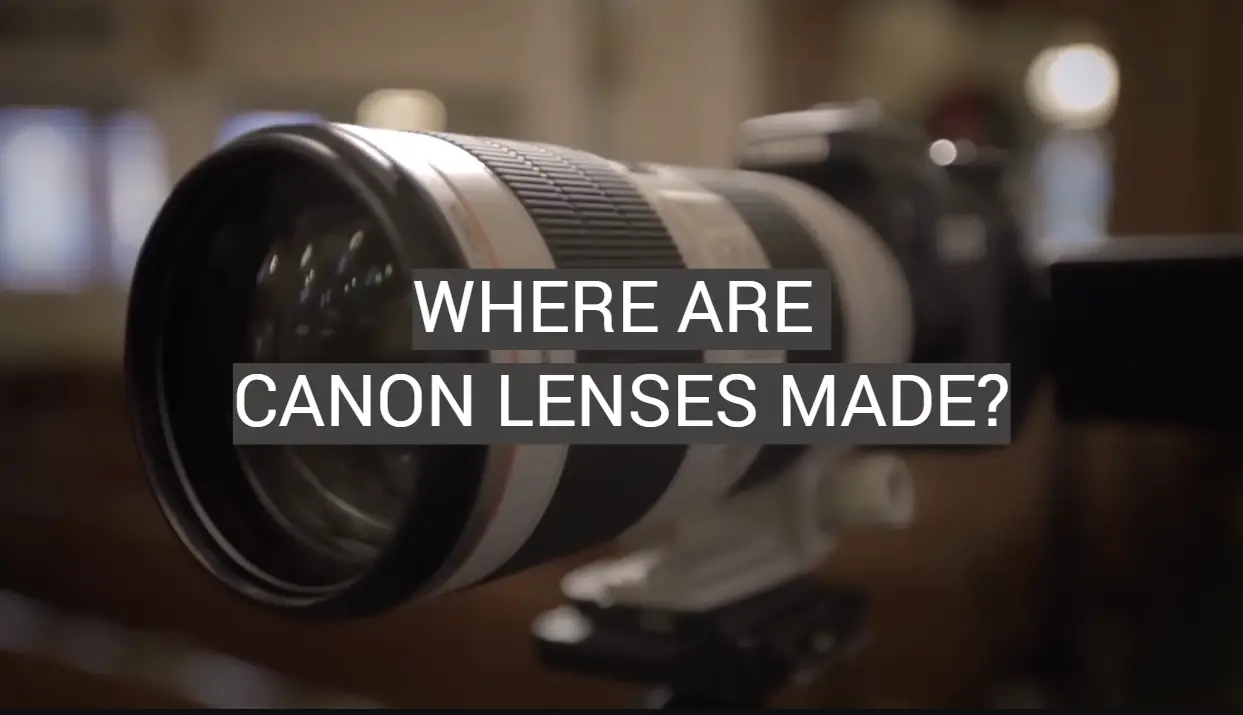

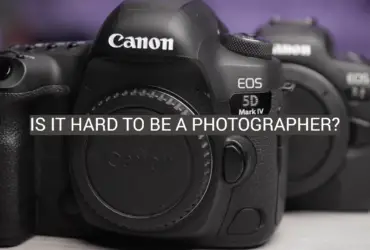
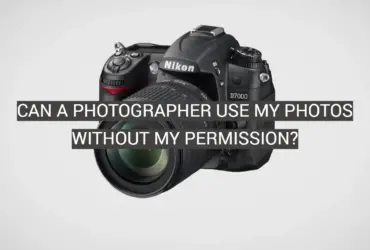



Leave a Reply